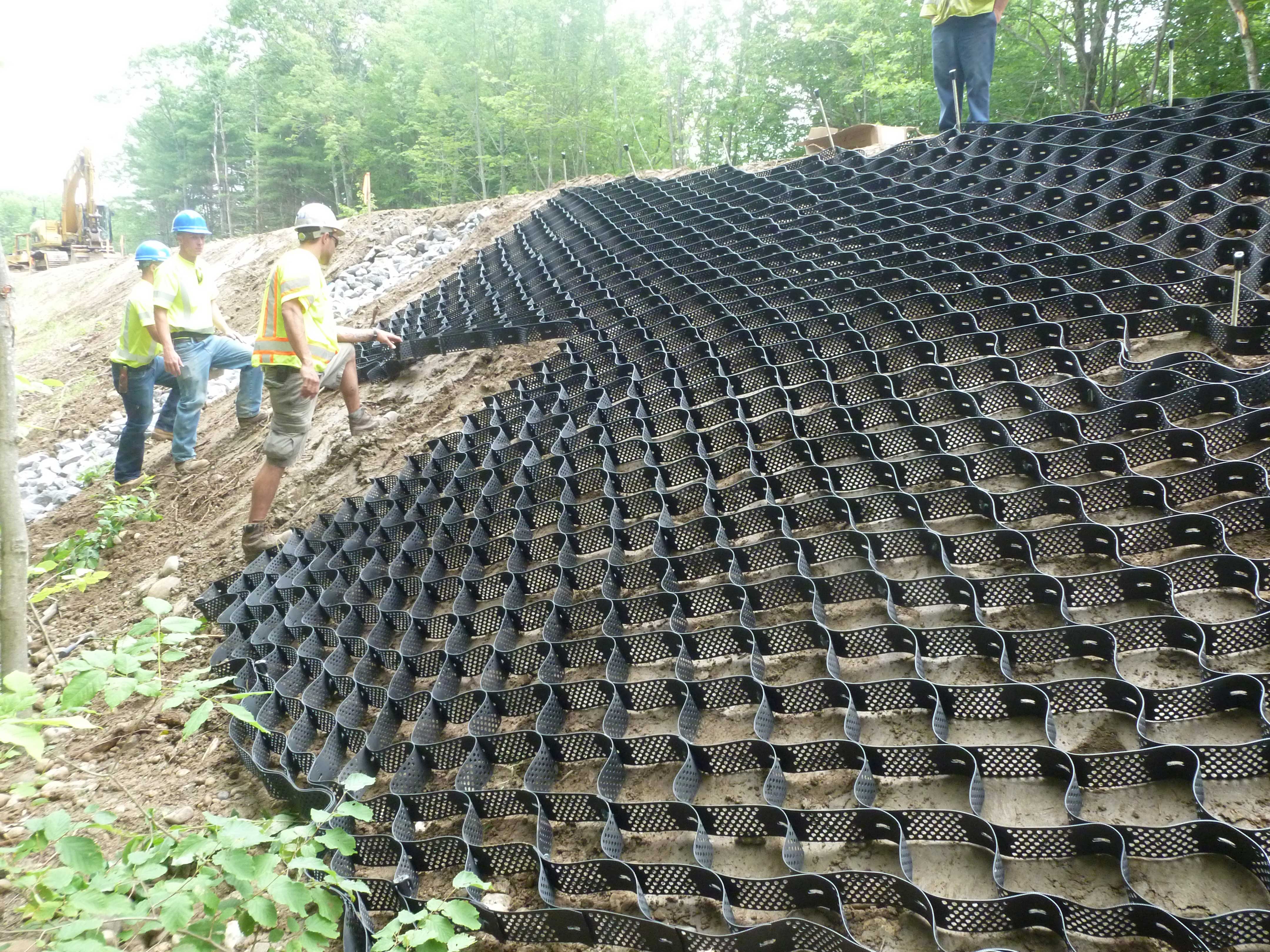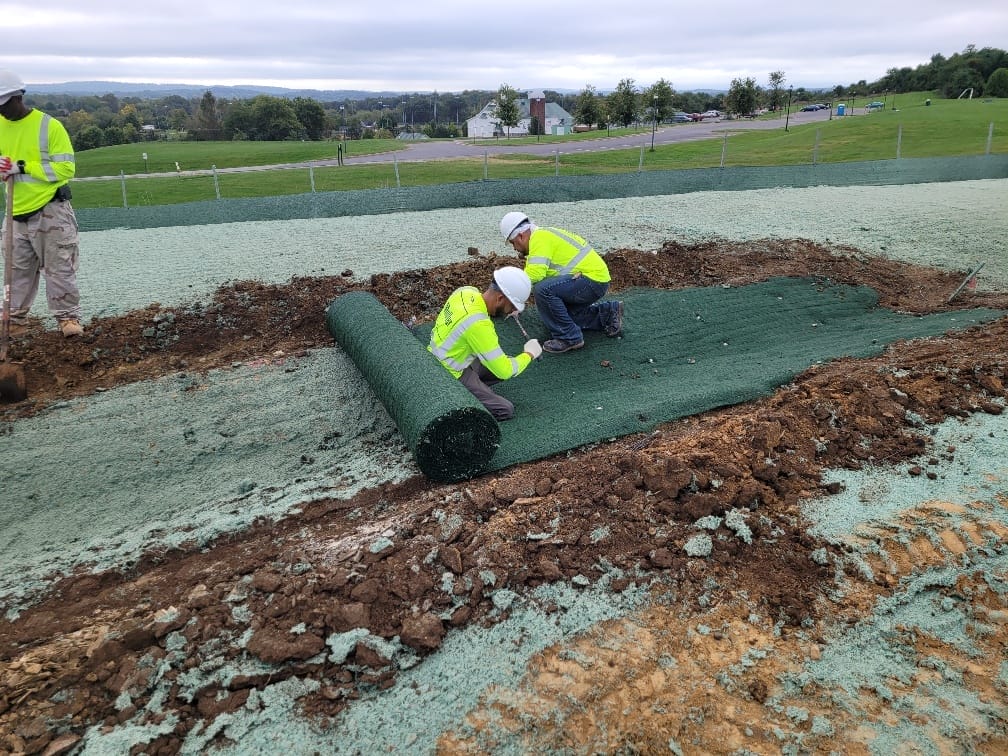Memphis Erosion Control Solutions Memphis TN: Your Local Erosion Control Professionals
Efficient Erosion Control Strategies for Lasting Land Monitoring
Are you looking for means to successfully manage disintegration on your land? Discover the different types of erosion and their influence on your land, as well as all-natural techniques to regulate erosion. Find out exactly how to carry out reliable erosion control actions and ensure appropriate tracking and upkeep.
Importance of Erosion Control in Sustainable Land Management
Disintegration control is essential for lasting land monitoring because it helps prevent soil destruction and loss. By executing efficient disintegration control methods, you can guarantee the lasting wellness and efficiency of your land. Without proper disintegration control actions, soil disintegration can take place, resulting in the loss of beneficial topsoil that is abundant in nutrients needed for plant development.
One of the primary factors disintegration control is crucial is because it aids to preserve soil fertility. In addition, erosion can lead to sedimentation in close-by water bodies, which can negatively affect water environments.
Another secret benefit of disintegration control is the prevention of land degradation. Erosion can trigger the loss of necessary topsoil, which takes years to form naturally. This loss of topsoil can lead to barren and ineffective land, making it difficult for plants to grow and for ecosystems to flourish. By carrying out erosion control strategies such as terracing, shape plowing, and the usage of cover plants, you can help prevent land deterioration and maintain the health and wellness of your land.

Types of Disintegration and Their Influence on Land
Understanding the numerous sorts of disintegration and exactly how they affect the land can help you apply much better land management methods. Disintegration is the process whereby soil, rocks, and various other products are gradually worn off and transported by natural pressures such as water, wind, and ice. There are four primary kinds of disintegration: sheet erosion, rill disintegration, gully erosion, and mass motion disintegration.
Sheet erosion happens when a thin layer of dirt is gotten rid of evenly from the surface of the land. Rill erosion, on the various other hand, occurs when tiny networks or rivulets are formed on the land due to the circulation of water.
Gully erosion is extra severe and occurs when bigger channels or gullies are developed because of the continuous flow of water. This sort of disintegration can cause significant damages to the land, bring about loss of topsoil and vegetation. Mass activity erosion refers to the movement of huge quantities of dirt and rocks downhill due to the pressure of gravity. This can occur in the form of landslides or slumping.
Comprehending these various kinds of disintegration and their influence on the land is crucial for reliable land administration. By applying erosion control methods such as terracing, contour plowing, and reforestation, you can decrease disintegration and maintain the integrity of the land. Additionally, exercising excellent land monitoring strategies like proper plant turning, maintaining ground cover, and utilizing sediment control steps can better help in preventing erosion.
All-natural Disintegration Control Techniques for Sustainable Land Management
By executing natural erosion control methods, you can properly maintain the honesty and handle of your land. One reliable approach is using plant life, such as grasses and plants, to maintain dirt and protect against disintegration. Planting indigenous species can assist increase root density and bind the erosion control dirt together, decreasing the risk of disintegration triggered by hefty rains or wind (Memphis Erosion Control Solutions erosion control). Furthermore, mulching is another all-natural technique that can help manage erosion. By using a layer of natural compost, such as timber chips or straw, you can safeguard the dirt from the impact of raindrops, lowering dirt compaction and runoff. One more natural erosion control technique is contouring the land. By producing shape lines or balconies on inclines, you can slow down the flow of water and permit it to penetrate the dirt, minimizing disintegration. In locations where disintegration is a considerable problem, setting up erosion control coverings or mats can be useful. These mats are made of naturally degradable products and aid support the dirt until plants is established. Overall, by using these natural erosion control methods, you can efficiently manage and secure your land from erosion, ensuring its lasting sustainability.
Applying Effective Erosion Control Procedures

One such technique is the use of disintegration control coverings. Furthermore, planting plant life is a critical action in erosion control. By implementing these confirmed disintegration control methods, you can effectively secure your land and reduce the risk of disintegration and its harmful effects.
Surveillance and Maintenance of Disintegration Control Methods
When monitoring and keeping erosion control actions, it is necessary to frequently inspect the disintegration control blankets, terraces, vegetation, and sediment control actions to ensure they are operating correctly and effectively stopping erosion (Memphis Erosion Control Solutions trenching). By conducting routine examinations, you can recognize any type of concerns or deficiencies in the erosion control methods and take essential actions to correct them
Start by checking the erosion control blankets. Look for indications of damages or wear, such as splits or revealed dirt.
Following, evaluate the balconies. Examine for signs of erosion, such as sediment buildup or uneven surface areas. Make sure that the balconies are appropriately created and maintained to divert water flow and reduce erosion. Clear any type of collected sediment to preserve their performance.
Evaluate the plants in the erosion control location. Appropriate vegetation insurance coverage assists protect against and support the dirt erosion.
Last but not least, check the sediment control actions, such as sediment containers or sediment fencings. Ensure they are effectively set up and functioning as meant. Remove any type of accumulated sediment and make certain that the controls are appropriately maintained.
Routine monitoring and maintenance of disintegration control steps are critical for their long-lasting performance in avoiding disintegration and maintaining sustainable land monitoring practices.
Final Thought
In conclusion, you should focus on erosion control for sustainable land management. By comprehending the different types of erosion and their influence on the land, you can implement effective natural erosion control approaches.
Discover the various types of disintegration and their effect on your land, as well as all-natural techniques to control disintegration. There are four major types of disintegration: sheet erosion, rill disintegration, gully erosion, and mass activity erosion.
By implementing disintegration control techniques such as terracing, shape plowing, and reforestation, you can minimize disintegration and preserve the honesty of the land (Memphis Erosion Control Solutions hydroseeding). On the whole, by utilizing these all-natural erosion control techniques, you can properly manage and secure your land from erosion, ensuring its lasting sustainability
By understanding the different kinds of disintegration and their impact on the land, you can carry out reliable natural erosion control techniques.